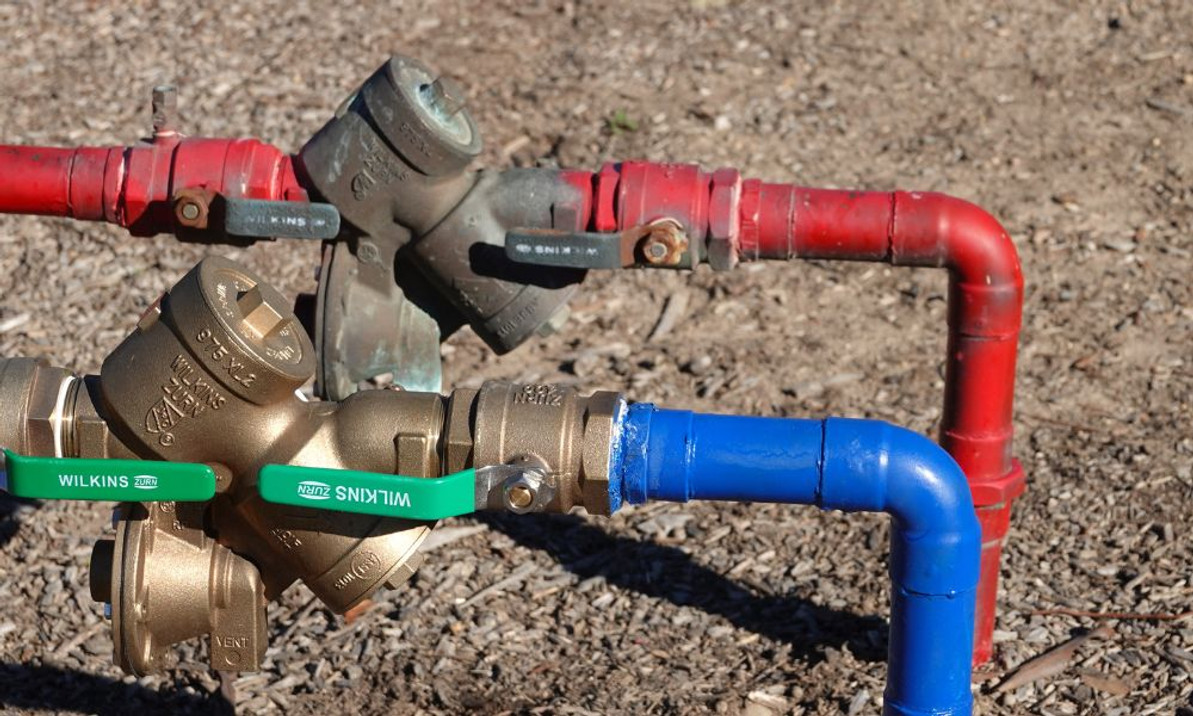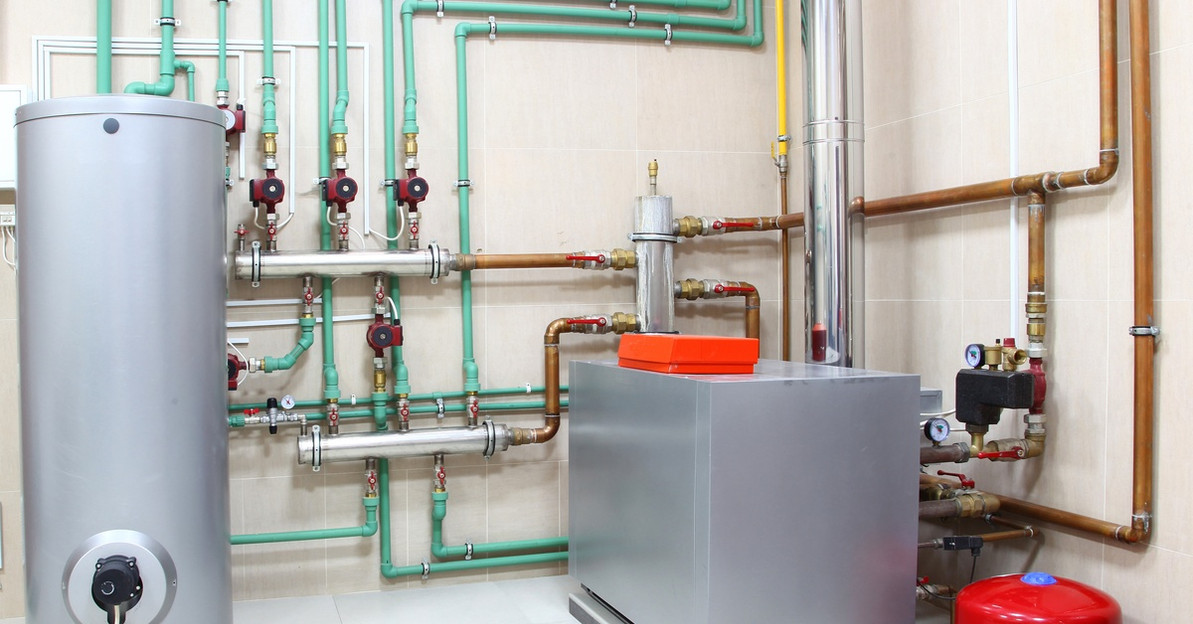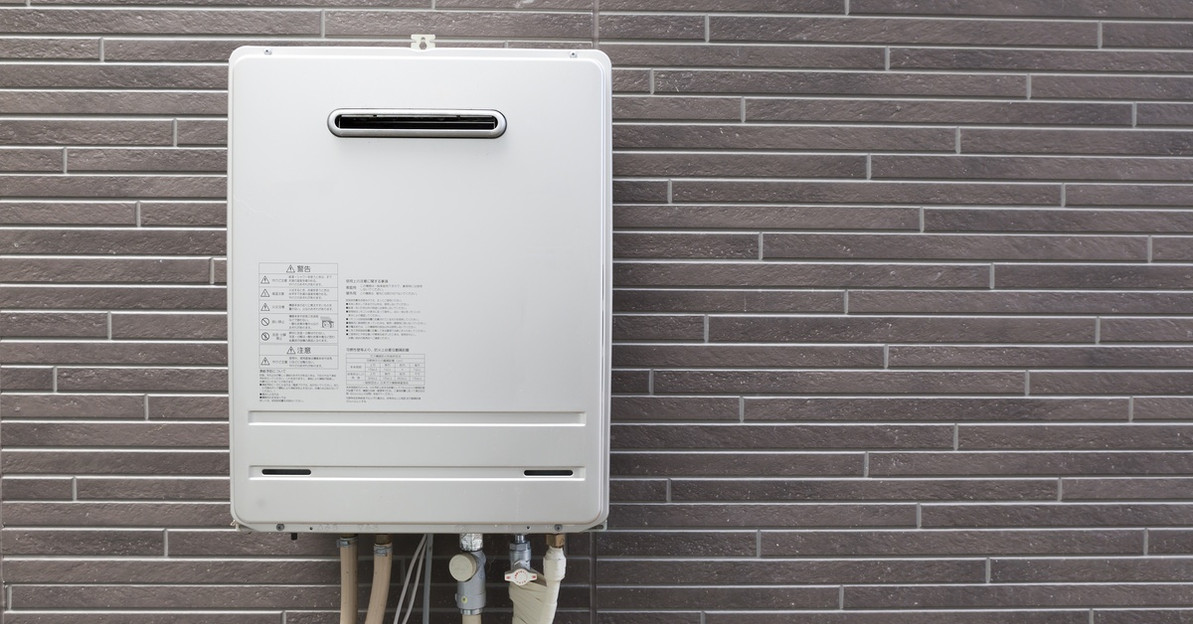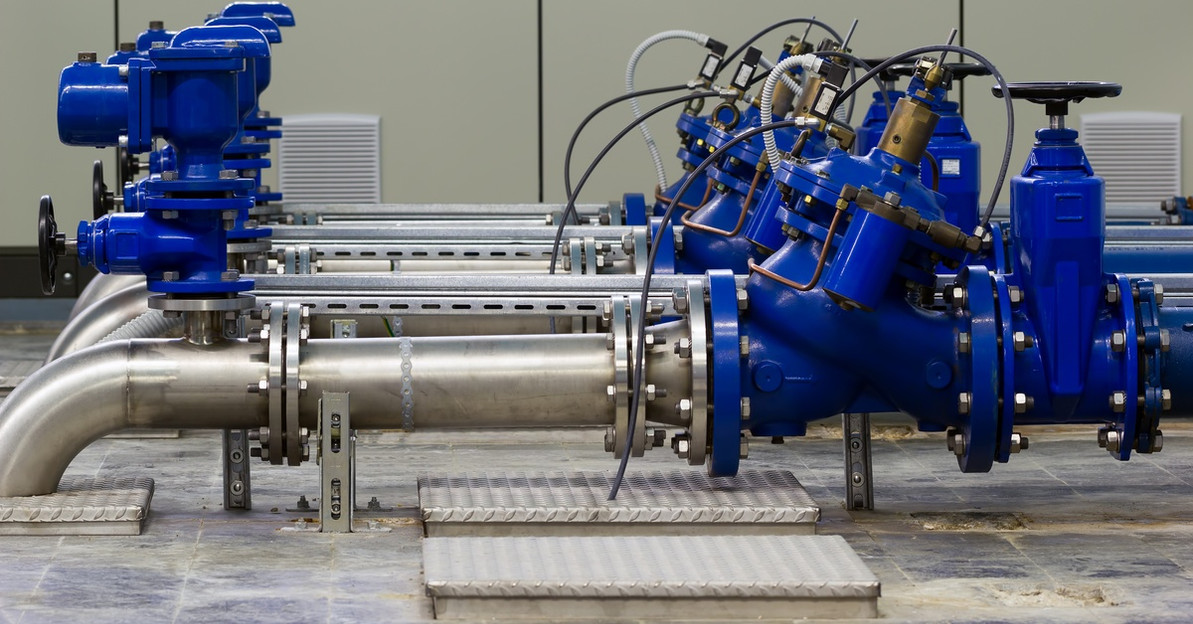How Do Backflow Prevention Valves Protect the Water Supply?
Every day, we turn on our taps and expect clean water to flow out. This is not a convenience to take for granted; it’s the result of a meticulously designed water supply system that works tirelessly behind the scenes.
The backflow prevention valve is a vigilant guardian in this system, protecting our water supply from potential contamination. Let’s explore its role in more depth and gain a greater appreciation for its quiet but crucial work.
Maintaining Directional Flow
Backflow prevention valves are designed to keep water in the system moving in one continuous direction. This extra push prevents dirty or contaminated water from flowing back into the clean water supply—it’s why the device is named for backflow prevention.
If there’s a sudden change in pressure due to a burst pipe or heavy water demand, the valve acts immediately. It closes off, preventing any reverse flow of water so the supply remains clean.
Protecting Against Backsiphonage
Backsiphonage is a condition that occurs when there is negative or sub-atmospheric pressure in a water system. This can happen during situations like firefighting, line repairs, or breaks in the supply line that cause a vacuum. Luckily, professional plumbing supplies like backflow preventers create a physical barrier that stops that backward flow in its tracks.
Protecting From Backpressure
Meanwhile, backpressure refers to a situation where the pressure in a non-potable water system surpasses that of the potable system. It’s often caused by pumps, temperature increases, or differences in elevation. In these cases, the backflow prevention valve shields any non-potable water from being pushed back into the clean water supply.
Offering Redundancy
Backflow preventers have multiple check valves in place. This means that if one valve were to fail or become compromised, there’s another valve ready to perform the job. This built-in redundancy provides an additional layer of protection for the water supply. Even in the event of mechanical failure, your water will remain safe and clean.
Backflow prevention valves play an indispensable role in protecting the water supply and keeping it safe to use. They work constantly in the background, silently safeguarding us from threats of water contamination. Although these valves often go overlooked, no water supply system is complete without this layer of protection.
Recent Posts
-
A Guide to Implementing Indirect Water Heating With Boilers
Choosing the right water heating method for your home or business significantly impacts energy effic …Dec 9th 2025 -
How Tankless Water Heaters Can Benefit Commercial Kitchens
A commercial kitchen operates at a fast pace and maintains very high performance standards. Every pi …Dec 3rd 2025 -
Noise Reduction Strategies for Urban Booster Pump Installs
In densely populated urban areas, every sound matters. The constant hum of traffic, construction, an …Dec 2nd 2025





